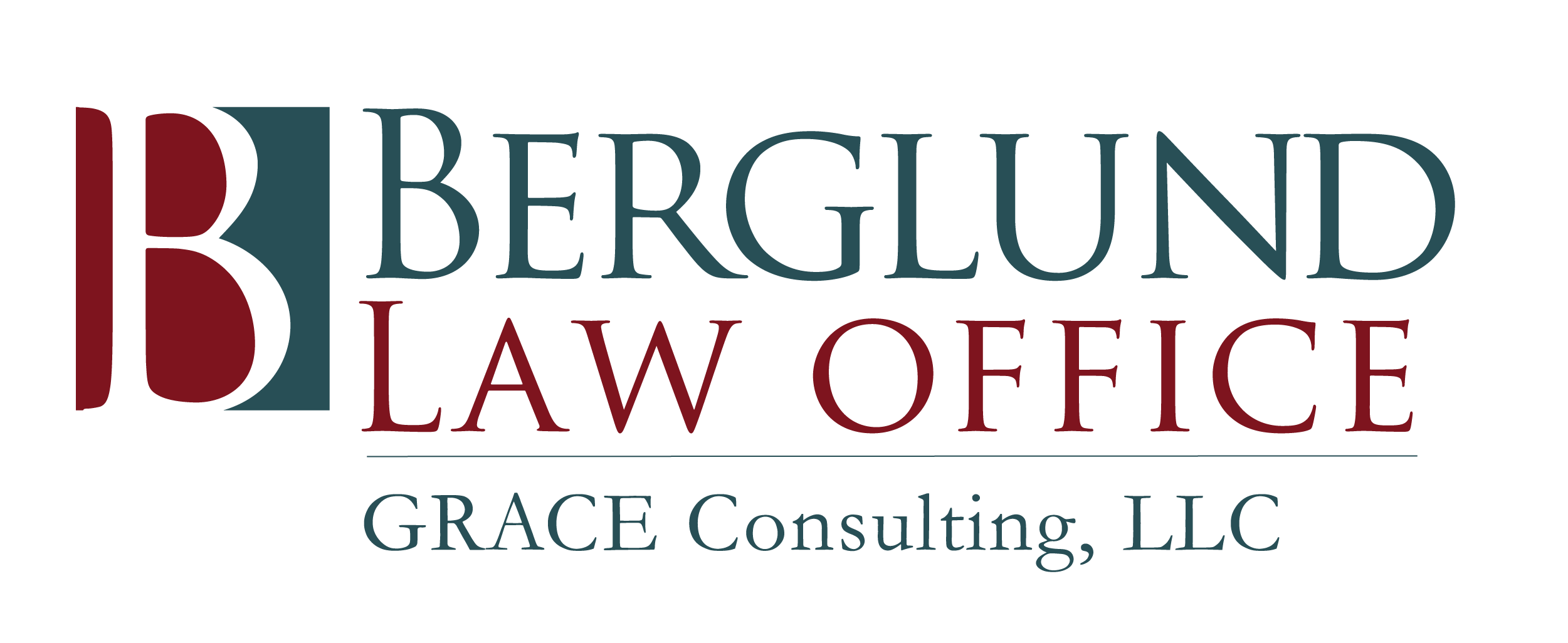
JOINT TENANTS VS TENANTS IN COMMON: PROS AND CONS
The choice of whether it is best to own property as a joint tenant or “tenant in common” will depend on a number of different factors. You need to take into account your own situation and the relationship that you have to your co-purchaser(s). You may be able to change the way that you own the property later, but it’s preferable to make the right decision at the outset to avoid additional cost and complexity. If you are choosing which form of ownership is best for estate planning purposes, it is also important to know the consequences of transferring property to the grantees you select using either form of ownership. This means it is necessary for you to evaluate the difference between owning property as a “joint tenant” vs. a “tenant in common” and understanding the pros and cons of each form of ownership.

JOINT TENANTS VS TENANTS IN COMMON – WHY DOES IT MATTER?
The more important question is perhaps “when” does it matter. There are a number of key moments in the process of owning a property with another person when the type of ownership interest will make a big difference. The type of ownership used will make a big difference if one of the co-owners dies. It will also be critical if you and the person you buy the property with are in a relationship that comes to an end.

JOINT TENANTS VS TENANTS IN COMMON – PROS AND CONS
Joint tenants
The key characteristic of a joint tenancy is that joint tenants own the property equally with each other. Joint tenancy is a popular choice where a property is being purchased together with a relative or someone you’re in a relationship with. Joint tenancy simplifies beneficial ownership, and there may be lower legal fees because there is less complexity involved and fewer documents are required. The following factors apply to ownership as joint tenants:

- No agreement: There is no such thing as a joint tenancy “agreement”. The simplicity of joint tenancy doesn’t allow for variations if partners want to own property in different percentages. For example, where the parties involved have made an unequal contributions to the purchase price, the surviving join tenant will own 100% of the property;
- All joint tenants must sign a sales agreement: In order to sell joint tenancy property, all parties are required to sign the agreement. If mutual consent to sell cannot be established, it may be necessary to obtain a court order. When the sale has gone through, the proceeds from the sale will be split equally as all joint tenants have the same equal interest in the property;
- The right of survivorship. Survivorship is unique to a situation where a property is held by joint tenants and is a key difference between joint tenants and tenants in common. “Survivorship” means that, in the event of the death of one of the owners, ownership of the property automatically transfers to the surviving person and becomes entirely their property.

Tenants in common
When you buy a property as tenants in common, it is possible for each purchaser to have a different ownership interest in the property. For purchasers who are not in a relationship or when the purchase is for investment purposes, tenancy in common is generally the more sensible choice. The characteristics of tenancy in common ownership include the following:
- Ownership interest can be based on each partner’s contribution to the purchase. Since it is not necessary for tenants in common to have an equal ownership interest in a property, a distinct beneficial share in the property can be defined for each partner. The ownership interest will usually be based on the financial contribution each co-owner has made to the purchase. There are no strict rules, however, about the allocation of ownership interest for tenants in common. Therefore, ownership interest can be established in accordance with the wishes of the owners;
- % of ownership/right to use property: Having a smaller ownership interest doesn’t mean you have limited rights to the use of the property. For example, you may own just 20% of the property as a tenant in common, but if you are living in the property you will still have a right to access all of it;
- All owners must sign any sale agreements: All tenants in common will be required to either list the property or sell it. Although tenants in common each own a distinct % ownership interest in the property, any sale still requires that each owner sign both the listing agreement and transfer deed. When the property is sold, the proceeds are divided between the co-owners based on the percentage ownership interest that each owner holds;
- No “survivorship”: A property owned by tenants in common doesn’t automatically pass to the survivor(s) if there is a death. In fact, the share of the property owned by the deceased co-owner will pass to his or her estate. For this reason, tenants in common who want to transfer a share of the property on their death need to leave a will that designates who their ownership interest shall be distributed to. If a deceased co-owner dies intestate, his or her share will be distributed in accordance with the laws of intestate succession of the state in which the property is located.

